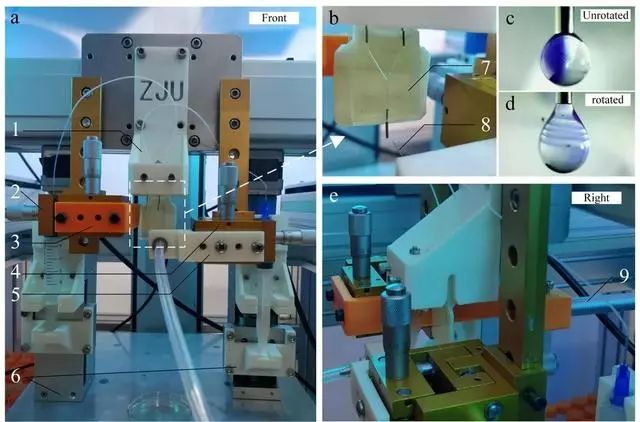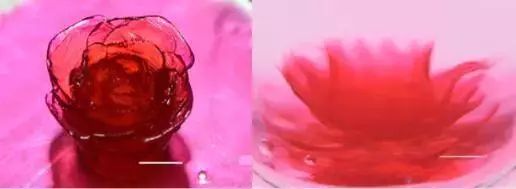3D bioprinting: futuristic technology
Recently, a research team led by Prof. HE Yong of ZJU's School of Mechanical Engineering devised a novel 3D bioprinting method, which produces spiral-based spheroids with excellent resolution and sophisticated microarchitectures, thereby contributing novel biomimetic asymmetrical prototypes for basic medical research and regenerative medicine.

Their findings are published in an article entitled "Airflow-Assisted 3D Bioprinting of Human Heterogeneous Microspheroidal Organoids with Microfluidic Nozzle" in the August issue of Small of Wiley-VCH.
Hydrogel microspheroids are extensively used in tissue engineering, such as injection therapy and 3D cell culture, and among which, heterogeneous microspheroids are capturing much attention as a promising tool to carry multiple cell types in separated phases. However, it is still a big challenge to fabricate heterogeneous microspheroids that can reconstruct built-up tissues’ microarchitecture with excellent resolution and spatial organization in limited sizes.
HE Yong et al. devise a novel airflow-assisted 3D bioprinting method, by which people can print versatile spiral microarchitectures inside the microspheroids, permitting one-step bioprinting of fascinating hydrogel structures, such as the spherical helix, the rose, and the saddle. A microfluidic nozzle is developed to improve the capability of intricate cell encapsulation with heterotypic contact. Complex structures, such as the rose, the Tai chi pattern, and the single cell line can be easily printed in spheroids. They also establish the theoretical model during printing and systematically investigate process parameters. By this means, they reconstruct a human multicellular organoid of spirally vascularized ossification, which shows that it is a powerful tool to build mini tissues on microspheroids.

"We can fabricate minimal living biological tissues and apply them to drug screening," said HE Yong, "They can also be used in cellular therapy." At present, one of the herculean difficulties in cellular therapy lies in the fact that directly injected cells are prone to be ingested by their own immune cells, so it works merely for certain afflictions. "Maybe we can print microspheroids with particular idiosyncrasies which can move in the blood vessel together so that they won’t be devoured and bring into play their function once they arrive at the destination," HE Yong predicted.